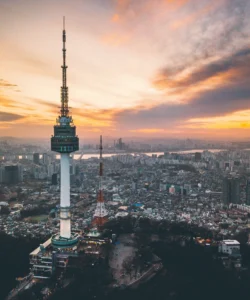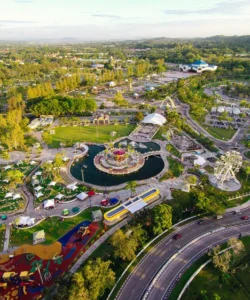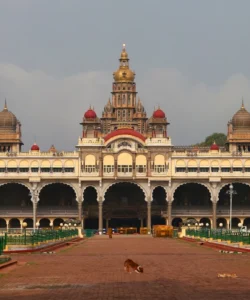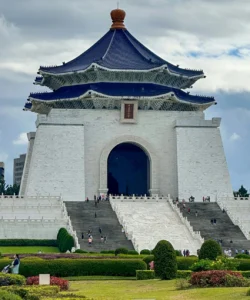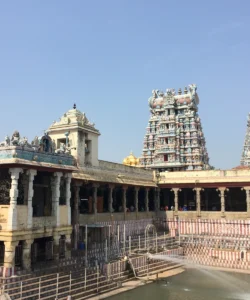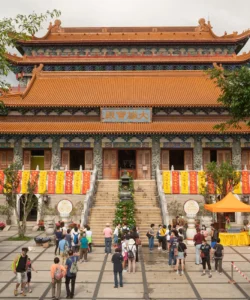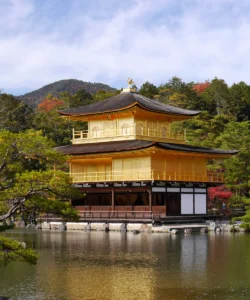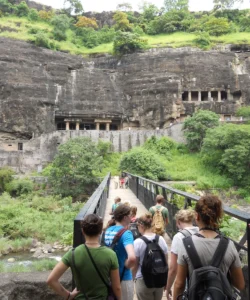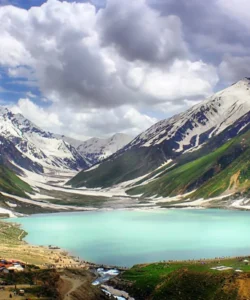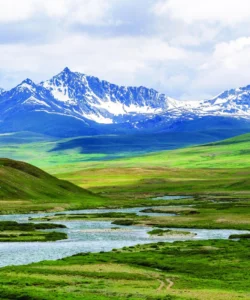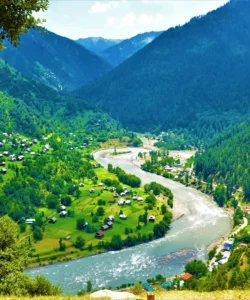Harappa is one of the most crucial archaeological sites of the ancient Indus Valley Civilization (IVC), also known as the Harappan Civilization. Located in present-day Punjab, Pakistan, it was one of the two largest cities (alongside Mohenjo-daro) of this Bronze Age civilization, which flourished from approximately 2600 BCE to 1900 BCE. Its rediscovery and excavation in the early 20th century were instrumental in revealing the existence of this sophisticated ancient urban culture to the world.
Name: Harappa
Address: Punjab Province, Pakistan. It is located about 24 kilometers (15 miles) west of Sahiwal, near a former course of the Ravi River.
How to Get There:
Access to Harappa typically involves reaching a major city in Pakistan and then taking land transport.
- By Air: The closest major airport is Allama Iqbal International Airport (LHE) in Lahore, Pakistan. From Lahore, you can hire a taxi or use a bus to Sahiwal.
- By Train: Sahiwal Railway Station is the nearest major railway station, approximately 24 km (15 miles) from Harappa. From Sahiwal, you can take a local taxi or rickshaw.
- By Road: Harappa is accessible by road from major cities in Punjab. From Lahore, the drive is about 3-4 hours. You can hire a private car/taxi or take a bus to Sahiwal, then onward to Harappa.
- Within the Site: The archaeological site consists of various mounds. A modern sign-posted network of concrete paths links most of these mounds. There is also a museum at the site.
- Best Time to Visit: The cooler, dry months from October to March are ideal, as summers can be extremely hot.
Landscape and Architecture:
Harappa’s “architecture” is a testament to the highly advanced urban planning and construction techniques of the Indus Valley Civilization. It showcased a meticulous grid layout, standardized building materials, and sophisticated civic infrastructure.
- Grid-Planned City: Like Mohenjo-daro, Harappa was laid out in a precise grid pattern, with streets and lanes intersecting at right angles, dividing the city into rectangular blocks. This systematic organization highlights a high level of urban management and engineering.
- Baked Brick Construction: A hallmark of Harappan architecture is the extensive use of standardized kiln-baked bricks. These bricks, uniform in size (with a 4:2:1 ratio of length:width:height), provided durability and consistency across the city.
- Two Main Sectors: Citadel and Lower City: Harappa, similar to other major IVC cities, was divided into distinct areas:
- Citadel (Western Mound): A raised and fortified mound (often made of mud-brick podiums), likely housing public buildings, administrative structures, and possibly granaries.
- Lower City: The larger residential area, with streets and houses for the common citizens.
- Advanced Drainage Systems: Harappan cities were renowned for their elaborate and highly efficient drainage and sewerage systems. Houses had private bathrooms (often tiled), and drains from these homes connected to narrower street drains, which then fed into larger, covered main sewers. Manholes were present for maintenance.
- Granaries: Archaeological evidence at Harappa includes substantial brick platforms that served as foundations for two rows of six granaries each. These structures were designed for storing surplus food, likely collected as revenue or for use during crises, and featured ventilation systems to protect the produce.
- Public Buildings and Residential Houses: While there’s a notable absence of grand palaces or monumental temples (unlike many other ancient civilizations), Harappa featured large-scale public buildings. Residential houses were typically built around courtyards, often multi-storied, and designed for privacy with few windows facing the main streets. They included private wells and bathing areas.
- Fortification Walls: Cities like Harappa were surrounded by fortified walls, made of mud bricks, providing defense against floods and potential raids.
- Archaeological Mounds: The site of Harappa consists of a series of low archaeological mounds and cemeteries, indicating layers of superimposed structures over millennia.
What Makes It Famous:
- Type Site of the Indus Valley Civilization: Harappa is the type site for the entire Indus Valley Civilization. This means it was the first IVC site to be extensively excavated (starting in 1920 by Daya Ram Sahni), and its discovery, along with Mohenjo-daro, brought this forgotten ancient civilization to global attention. The civilization itself is sometimes referred to as the “Harappan Civilization” after this site.
- Pioneering Urban Planning: It is globally renowned for its advanced and systematic urban planning, including the use of a grid pattern for streets, standardized brick sizes, and sophisticated drainage systems, demonstrating a highly organized society.
- Trade and Economic Prowess: Harappa was a significant urban center dominating the upper Indus region, heavily involved in extensive trade networks that stretched from Central Asia to Mesopotamia. Evidence includes standardized weights and measures (some of the most accurate in the Bronze Age), and unique seals used for stamping goods.
- Significant Artifacts: Excavations at Harappa have yielded numerous important artifacts, including:
- Indus Seals: Small steatite seals intricately carved with animal figures (elephants, tigers, water buffalos) and the still-undeciphered Indus script, believed to be used for identification and trade.
- Figurines and Sculptures: Terracotta figurines (mostly of standing females), as well as rare stone sculptures like the famous grey stone male dancer.
- Pottery, Jewelry, and Metallurgy: Evidence of sophisticated craftsmanship in pottery, gold jewelry, and metallurgy (copper, bronze).
- Historical Impact: The discovery of Harappa challenged earlier notions about the origins of civilization in the Indian subcontinent, proving the existence of a highly advanced urban culture contemporaneous with ancient Egypt and Mesopotamia.
- Continuous Occupation: The site shows continuous occupation from around 3300 BCE (Ravi Aspect of the Hakra phase) to 1300 BCE (Late Harappan phase), providing a long archaeological sequence.
Differences from Some Other Wonders:
- Type Site Status: While Mohenjo-daro is often considered the best-preserved and more extensively excavated IVC city, Harappa holds the distinction of being the “type site”, meaning it was the first major IVC site discovered and excavated, giving its name to the entire civilization.
- Historical Damage: Unlike Mohenjo-daro, which remains relatively intact, Harappa suffered significant damage under British rule when thousands of its ancient bricks were plundered and used as track ballast for the Lahore–Multan Railway in the 1850s. This means some later phases of its occupation were destroyed, impacting what archaeologists could uncover.
- Focus on Foundational Knowledge: While Mohenjo-daro’s “Great Bath” is iconic, Harappa’s fame is more about its groundbreaking urban planning, standardized brick production, and role in establishing the characteristics of the IVC. It provides critical foundational knowledge of the civilization.
- Lack of Monumental Architecture (Compared to Other Civilizations): Like Mohenjo-daro, Harappa’s architecture was primarily functional rather than decorative, and notably lacked grand palaces, monumental temples, or elaborate tombs for rulers or deities. This contrasts sharply with the architecture of contemporary civilizations like ancient Egypt (pyramids, temples) or Mesopotamia (ziggurats), suggesting a different societal structure, possibly more egalitarian or commercially focused.
- Undeciphered Script: The undeciphered nature of the Indus script, found on seals at Harappa (and other IVC sites), remains a unique and fascinating mystery, limiting a full understanding of the civilization’s beliefs and governance, unlike civilizations with deciphered written records.
- Bronze Age Urbanism: Harappa, along with other IVC cities, represents a unique form of Bronze Age urbanism in the Indian subcontinent, characterized by its focus on civic infrastructure, trade, and a seemingly less centralized political structure compared to contemporary river valley civilizations.
Harappa Photos:


























